Honda CB300R vs BMW G 310 R vs KTM 390 Duke: Comparison
It's no secret that the racy KTM 390 Duke is one of the most attractive machines to possess. But with the Honda CB300R and BMW G 310 R in the picture, is the KTM as enticing as it growls? We find out.

KTM, BMW and Honda locking horns in the 300cc naked segment is a dream come true for performance-hungry motorcyclists. But if you had to pick just one of the three, which one? Well, we’re happy to help – as always…
The meaning of the word ‘power’ has changed in India in the last decade or so. Not too long ago, 150cc motorcycles were considered seriously powerful and a threat to society – parents would do everything to keep their kids away from these vicious things. Today, however, 150cc bikes are seen as premium commuters. In fact, with the exception of a few motorcycles, the 150-200cc segment is deemed not-so-exciting anymore. This simply means that we, as motorcyclists, have moved on to bigger and better motorcycles. In other words, the 250-500cc segment is where all the action lies these days.
The sub-500cc segment has all kinds of motorcycles today – naked, cruisers, sport-bikes, ADVs… you name it. So, how did this happen? Well, all thanks to the KTM 390 Duke, which worked as a catalyst in bringing the masses into the sub-500cc segment. Launched in 2013, it introduced us to a world-class performance at a relatively affordable price. Even today, in its existing version, the 390 Duke is arguably the default choice of the segment.

That said, there is a small problem with it. As good as it is, the KTM is a bit one-dimensional. It’s restless, racy and rebellious. And, it’s very orange – something that’s not to everyone’s taste. And here the new Honda CB300R comes into the picture. On paper, it claims to offer similar levels of performance, but with a touch of sophistication and comfort.
However, if you want something sophisticated, there’s also the BMW G 310 R. Sure, it’s a lot more expensive, but it’s got a premium badge and desirability in spades. So, given the choice, which one should you pick? Read on to find out.
Sporty, classy or premium?
If you’re young or, at least, believe that you’re young at heart (mid-life crisis, maybe?), the KTM will appeal to you the most. It’s sporty, futuristic, plus it’s got sharp features, especially its LED jawline, edgy panels, loud paint scheme and exposed frame, they all come together cohesively to give it a brash demeanour. It’s naked aggression at its best! The KTM is also the only bike here that gets a colour TFT display, which comes with Bluetooth connectivity – although it can get fidgety at times. On the whole, the KTM looks unique, but it’s too ostentatious for mature buyers.
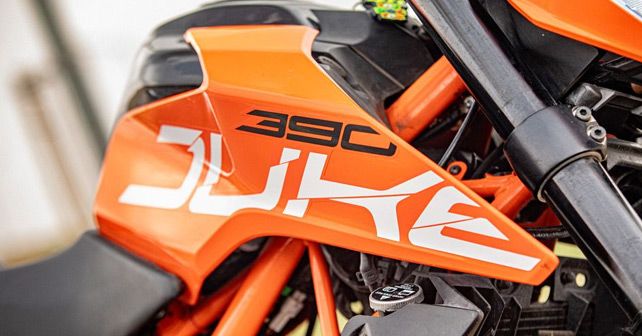
The CB300R, on the other hand, will appeal to a wider audience. Since it’s a scaled-down version of the CB1000R, the design is a carbon copy of its litre-class sibling. It’s classy, but not dull. Now, Honda calls it a Neo Café Racer, meaning it blends the old-world charm of the 80s with modern-day bits and bobs.
The chiselled body, sharply raked panels and that retro-round headlamp assembly, with dual-section LED lights, look spectacular. One of the highlights of this bike is the attention to detail. For instance, the neatly designed turn signals, brushed out tank extensions, petal disc and the stubby tail-piece are all in good taste. Moreover, it’s a quality product and has been manufactured to global standards.
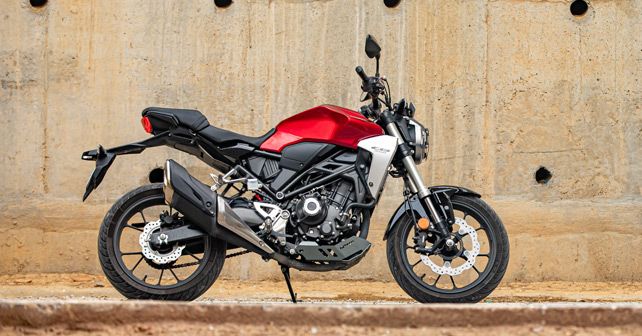
Sure, the inverted all-digital instrument cluster feels a bit yesterday compared to the KTM’s coloured display, but it’s not an eyesore. The LCD display is crisp, albeit it misses out on a gear position indicator. The switchgear quality is also top-notch, but it seems that someone notoriously interchanged the positions of the horn button and indicator switch! It’s quite annoying to get used to and doesn’t feel natural at all. Plus, it causes distractions in traffic.
The G 310 R is neither as brash as the KTM nor is it as subdued as the Honda. In fact, it offers a fine balance between sporty and understated. Like the Honda, it too has a striking resemblance to its litre-class sibling, the BMW S1000 R, but it lacks the asymmetrical headlamps.
The presence of the BMW badge is an added bonus, which makes riding it a very flattering experience. Overall, the design is simple, yet muscular. Some of the aspects of this bike that I love include its thick golden-coloured forks and the nicely sculpted fuel tank, which adds to its big-bike look. The quality levels are definitely better than the KTM and as good as the CB300R, if not superior. The bar-type instrument cluster is all digital like that on the Honda – simple and sufficient – but with a gear position indicator.
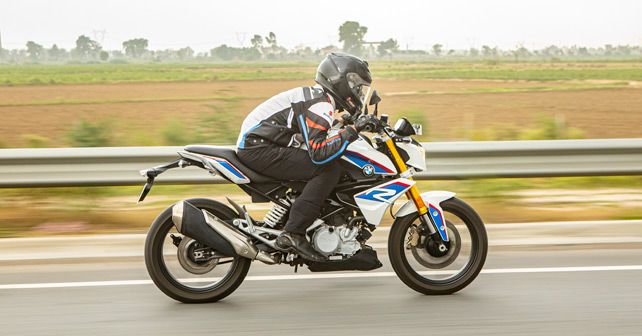
Crunching numbers
On paper, the CB300R doesn’t have a lot going in its favour. It’s got the smallest motor (286cc), the power output is the lowest (30bhp) and the torque figure (27.4Nm) isn’t segment beating either. However, what the Honda lacks in terms of firepower, it makes up for in terms of weight. At 147kgs, it’s the lightest motorcycle of the trio, and not just by a few kilos – it’s a full 16kgs lighter than the KTM and 11.5kgs less than the BMW. And it’s not a small number – 16kgs is the difference between a fit and an overweight person. In short, it matters.
Lightweight means that the Honda feels quick and light on its feet as soon as you twist the wrist. The engine feels peppy and has a lot of grunt throughout the rev range. It’s the happiest between low- and mid-revs but doesn’t mind being revved hard. Also, it’s quite a free-revving motor – though it does send out vibrations to the bars above 8,000rpm.

The acceleration here is strong, and I even managed to max it to 161km/h on the speedo. The gearshifts are also super smooth, and the short ratios ensure that the bike feels eager all the time. The clutch action is super light, but there’s no slipper clutch. Personally, I felt the drivetrain of the Honda to be the liveliest and most flexible of the trio while riding in the city.
In terms of engine performance, the BMW G 310 R is more or less similar to the Honda. However, its engine has a character of its own. The 313cc motor feels gruff when idle, but once you’re on the move, it’s buttery smooth.
Like the Honda, it’s got great low- and mid-range, but unlike the Honda, it feels punchy even in the final quarter of the rev range. It’s not as free-revving though. That said, I was pleasantly surprised to find that this engine feels much livelier in the BMW than it does in the TVS Apache RR 310. Also, it’s smoother in its application in the BMW.
Of course, the tank starts buzzing at high rpm, but the handlebar vibrations remain very well contained. Despite the lowest power to weight ratio here, it never feels underpowered or lazy. Even the indicated top speed exceeds the 150km/h marker. The gearshifts are sleek, and the clutch is light, making the BMW an effortless bike to ride in traffic.

Now, if you’re looking for pure, unadulterated performance, none of the other two come even close to the KTM. The Austrian simply annihilates its Japanese and German rivals in terms of performance. There are a few reasons for this. First, there’s no replacement for displacement. The 390 is powered by a 373cc engine that churns out nearly 43 horses and 37Nm of torque. The power delivery is insane! It revs so manically that you end up hitting the rev-limiter more often than not. There’s grunt everywhere in the rev-range, which also means that the acceleration is brutal. It’s so quick in a drag race that you’ll find yourself in a different postcode by the time you shift up to 4th gear! The KTM is unmatched in terms of top speed too – the speedo touches 165km/h without any effort.
That said, the KTM too has its fair share of shortcomings. The ride-by-wire throttle, for instance, feels choppy at low revs, which can be quite annoying in traffic. Also, the clutch on the bike we tested felt sticky for some reason, although it didn’t compromise the performance. Also, the bike heats up quickly in traffic, which can be a serious problem if you live in an oven, like Delhi.
Turning the corner
When it comes to chassis hardware, all three motorcycles come with top-spec components. The 390 Duke and G 310 R both have trellis frames, while the CB300R uses a more conventional diamond frame. All three have similar suspension arrangements, with an upside-down front fork and a mono-shock at the back. However, the KTM edges past the other two with a beefier 43mm WP front fork as opposed to the 41mm dia forks of the Honda (Showa) and BMW (KYB). Despite the similarities, all three behave differently on the road though.
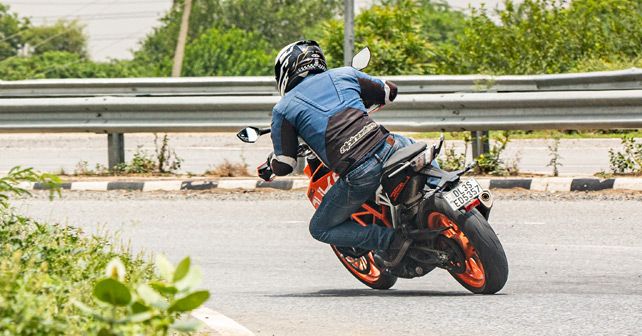
KTM’s tagline is ‘Ready to Race,’ and that’s not just a marketing gimmick. It really is always ‘Ready to Race.’ The 390 Duke is hands down the most involving bike of the lot, with regard to corner-carving. Its riding position is sporty, with a bias towards the front wheel. This, combined with a sharp rake angle and firm damping WP forks, make the 390 an incredibly quick steering motorcycle. Flicking it from one corner to another seems quite natural – it’s super agile and intuitive.
The Metzeler tyres on the KTM also offer much better grip than the Michelin Pilot Street radials on the other two bikes. The suspension feels a tad too firm over broken roads though, but it’s not bone-jarring. Surprisingly, despite its sporty origins, the KTM is a spacious motorcycle with a large saddle and comfortable knee recesses. However, after riding it over a day, I must add that its hard seat is not comfortable for long distances.
The CB300R may not be as racy as the KTM, but it’s a pretty little hooligan in its own right. Like the KTM, the suspension setup is on the firmer side, but the ride quality doesn’t suffer much. The ergonomics are sporty, with rear-set pegs, but because the handlebar is high and wide, you sit upright and more comfortably. Plus, the seat is nicely padded, and the scooped-out tank allows your knees to grip the motorcycle very effectively. Couple this with the bike’s compact dimensions and peppy motor, and you’ve got yourself a nippy performer.
In traffic, the CB300R feels like a much smaller motorcycle, which means it’s a breeze to ride in the confines of tight city streets. The steering is quick and the front end feels lively, if not as intuitive as the KTM. During aggressive riding, the front tucks in nicely, but when you push it too hard, the short-wheelbase, softly-sprung rear mono-shock, and Michelin tyres come together to make it feel a little twitchy. Other than this, there’s no faulting this toddler CB.

Unlike the other two, the G 310 R makes you revel in its plush ride quality. On top of that, it has the most comfortable riding posture and feels the most spacious. This, however, doesn’t mean that it’s short on fun. Despite a softer suspension setup, the BMW is a very good handler. In corners, it’s extremely stable – it behaves exactly the way you want. In traffic, it’s not as agile as the other two, but it isn’t any less wieldy – the difference is marginal at best.
All three bikes come with top-spec braking systems – here too, they’re equally matched. Dual-channel ABS is standard in the trio, but the one on the CB300R is lean-sensitive and feels the least intrusive. During the test, I also felt that the Nissin brakes on the Honda offered a more progressive feel and had superior initial bite than the other two.
Verdict
Without beating around the bush, I have to conclude that the KTM 390 Duke still reigns supreme! It has the sportiest look of the three, with a performance that’s unmatched, and comes loaded with superior tech and features. It’s also the sharpest handler of the lot. The icing on the cake is its pricing, which makes its value-for-money quotient unparalleled.
But… it’s not the motorcycle that I’d buy! You see, it’s a little too hyper and aggressive for my tastes. In other words, riding this motorcycle is like hanging out with a hot-headed friend – one who offers exciting company, but you never know when he might lose his cool and do something elementally stupid. The KTM is exactly that – it’s fun, but it never wants to calm down.
So, what would I buy – the BMW? It sure is a fun machine and is more suited to mature buyers. But, then, there’s no getting around the fact that it’s absurdly priced! And things aren’t going to get cheaper post the purchase as well. The biggest problem with owning this bike, however, is that someday a voice in your head will tell you that it’s just an overpriced TVS with a BMW badge! And while that may not exactly be the case, silencing that voice will only lead to frustration.
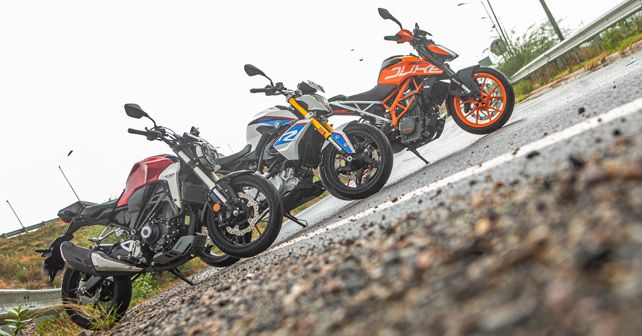
Honestly, though, if money is not a constraint, there’s no reason not to buy the G 310 R in a heartbeat. And, after enjoying it for a couple of days, I have no doubt in my mind that it’s a damn good product. And I’m also all but certain that it’s a more refined package than the Apache RR 310. Plus, it brings you the euphoric pride of owning a BMW – which, if you need reminding, was the only automaker to make it into the top-ten in Forbes’s list of the most reputable companies in the world in 2018.
But there’s a problem, and that’s pocket size – which is a major factor in this segment. And this is exactly what rules the BMW out for me. And this means that, for me, it would have to be the little Honda. But is it a compromise? Absolutely not! If you’re looking for the right balance between performance, desirability, sensibility and everyday usability, the Honda simply aces it. It may not be as impressive on paper, but in the real world, it matches the KTM in terms of fun and has quality levels that equal those of the BMW. Above all, a Honda badge is an assurance in itself that the product is going to last a lifetime, with reasonable maintenance costs.
Now, it’s time for a confession. Before this test, I was almost convinced that the KTM would be my pick of the three, followed by the BMW. So I can’t believe that I’m saying this now – the least powerful bike of the segment appeals to me the most here. And the only way to explain this is by admitting one of the following propositions – either I’m getting old and sensible or Honda has produced a darn good motorcycle, or maybe both!

The 313cc motor of the G 310 R is gruff at idle, but it runs smoother once you’re on the go.
The BMW is the most comfortable bike here.

The KTM 390 Duke still reigns supreme, for it looks the sportiest, its performance is unmatched and it’s the best-equipped motorcycle of the trio. On top of all this, it’s the most involving to ride. But it’s always hyper aggressive!
Also read,
Honda CB 300R Review: First Ride Royal Enfield Interceptor 650 vs KTM 390 Duke Video BMW F 850 GS + F 750 GS + G 310 GS: Road Trip
Engine: 373.2cc / Single-Cylinder / 4-Valves / Liquid-Cooled
Transmission: 6-Speed
Power: 43bhp @ 9,000rpm
Torque: 37Nm @ 7,000rpm
Price: ₹2.48 lakh (Ex-showroom)
X-factor: Fiery performance and always ‘Ready to Race,’ the 390 Duke is the ultimate machine for boy-racers.
| Pros • Stonking performance • Racy dynamics • Value for money | Cons • Stiff suspension • Too aggressive for some riders |

.webp)
-(1).webp)
-(1).webp)
.webp)

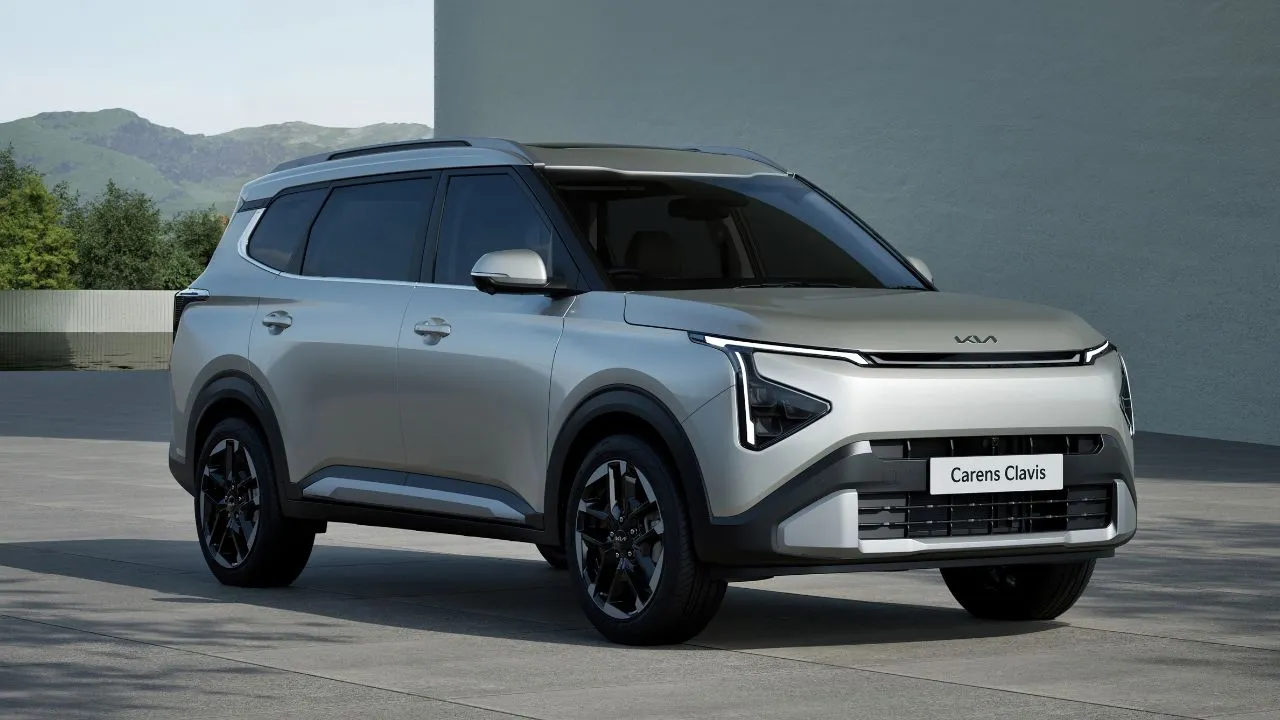
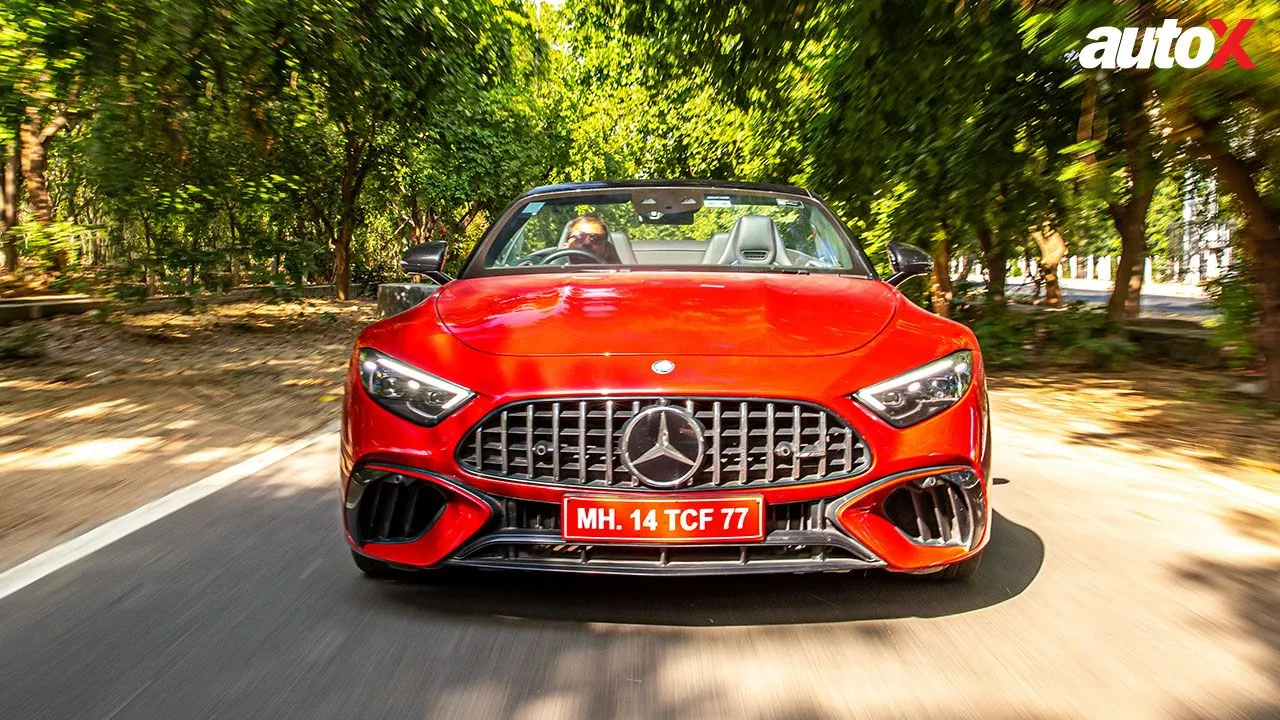

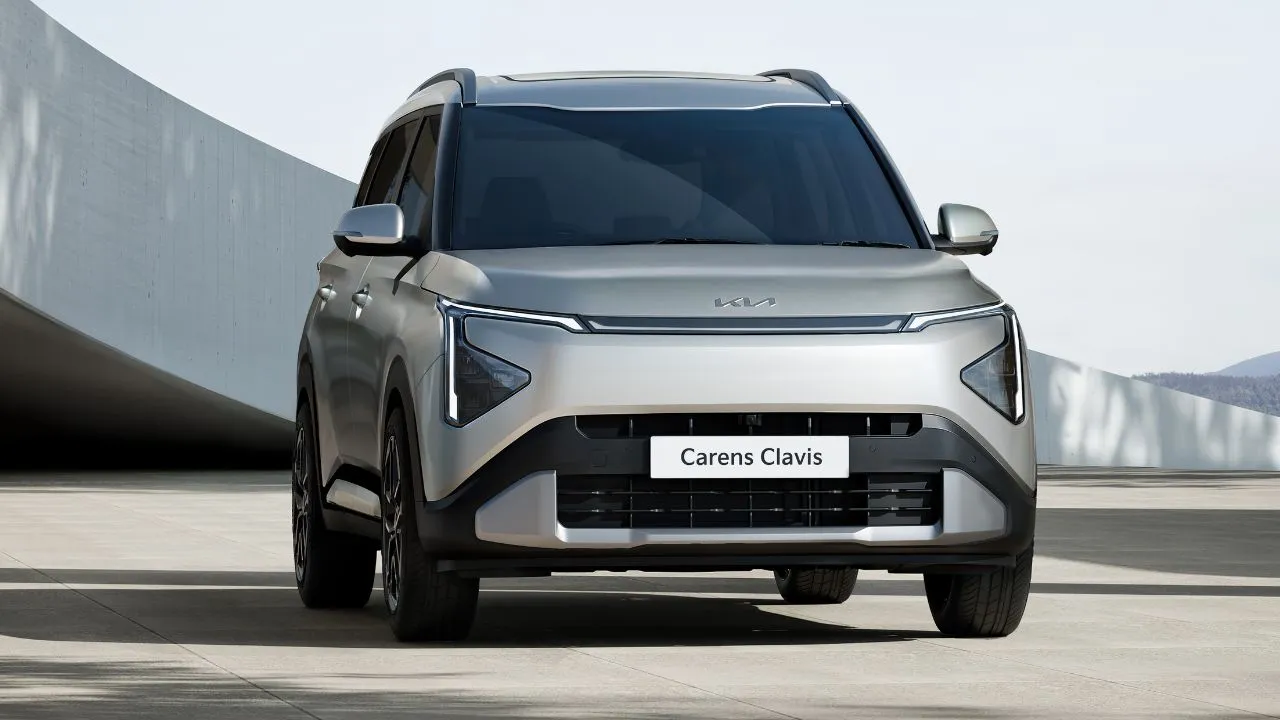
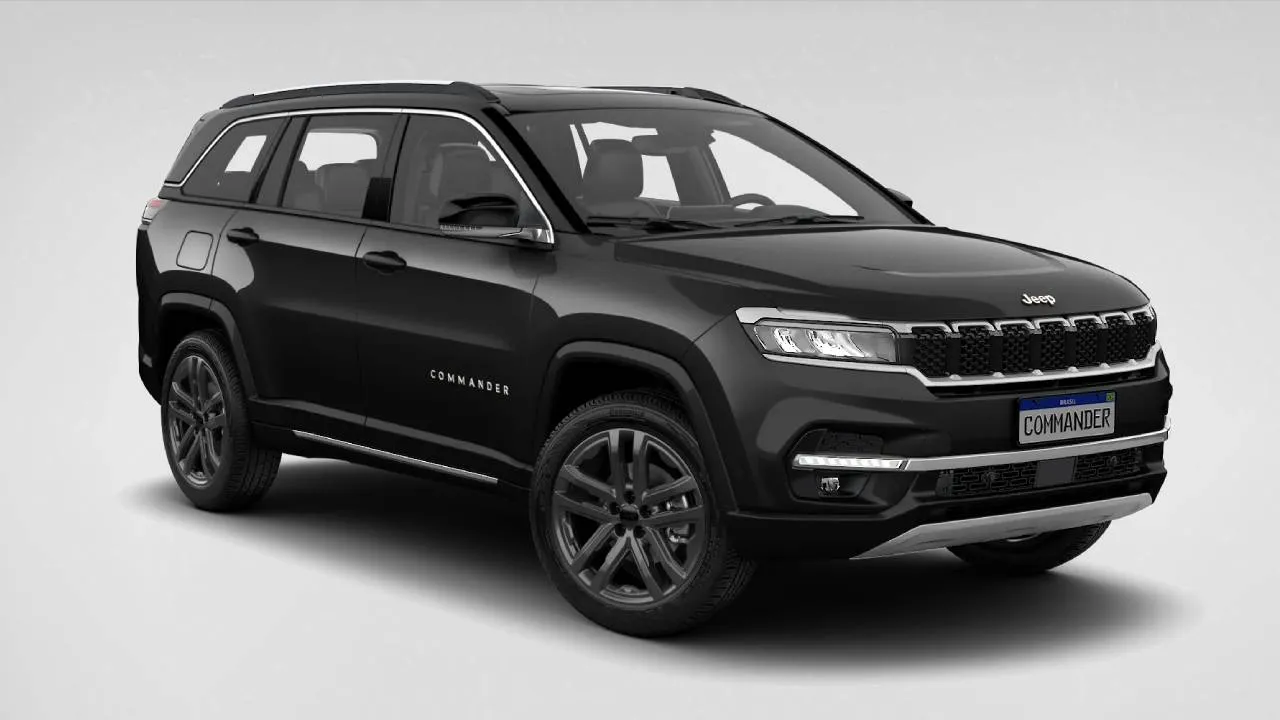

Good comparison, thank you. I didn't bother reading any of the comments about the BMW after my experience with an F800 which took a third of its purchase price again to get it to 50,000km. I even had to take BMW to court to get them to obey or consumer law.
I purchased 2021 CB300R. The bike keeps getting better each time I ride. I absolutely love it. I can’t explain why I love it but I am going to keep it forever! Nice article and I agree with you even though I not ridden BMW